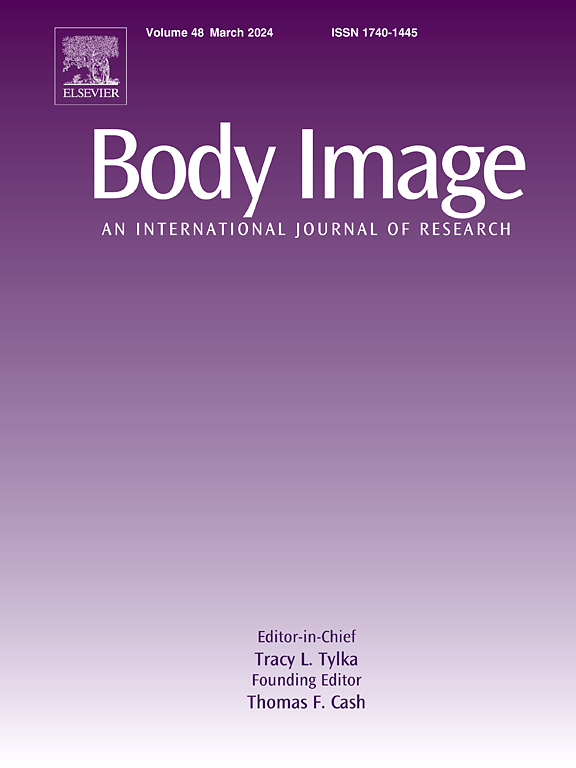Moving beyond the individual: The impact and importance of sociocultural influences on visible difference
IF 5.4
1区 心理学
Q1 PSYCHIATRY
引用次数: 0
Abstract
This paper examines sociocultural factors that shape the experiences of people living with visible differences, highlighting the impact of stigma, societal judgment and appearance-based discrimination, traditional and social media, and the importance of considering intersectionality and cultural context. Taking a sociocultural perspective, we examine how portrayals of visible difference in traditional and social media perpetuate stereotypes, promote unrealistic narrow beauty ideals and stigma. We show the value of considering how intersectional identities, such as gender, race, and sexuality, reveal the unique experiences of marginalized groups, and explore visible differences within low- and middle-income countries (LMICs), where stigma and human rights violations persist, advocating for culturally sensitive interventions at family, community, healthcare, and governmental levels. We demonstrate the importance of integrating visible difference and disability research, promoting pride in identity, and involving people with lived experience in research, healthcare and advocacy. Recommendations include incorporating social models of disability into visible difference research and practice and increasing the presence of visible difference in disability work, fostering inclusive representation in the media, leveraging social media to normalize differences, and expanding research to capture the diversity of experiences of visible difference, particularly in underrepresented groups and regions. This would advance understanding and inform policies and practices that enhance acceptance, reduce stigma, and support the well-being of individuals living with visible differences and their families.
超越个体:社会文化对可见差异的影响和重要性
本文研究了影响生活在明显差异中的人们经历的社会文化因素,强调了耻辱、社会判断和基于外表的歧视、传统和社交媒体的影响,以及考虑交叉性和文化背景的重要性。从社会文化的角度来看,我们研究了传统和社交媒体中对可见差异的描绘如何使刻板印象永久化,促进不切实际的狭隘美理想和耻辱。我们展示了整合可见差异和残疾研究、促进身份自豪感以及让有生活经验的人参与研究、医疗保健和宣传的重要性。建议包括将残疾的社会模型纳入可见差异研究和实践,增加残疾工作中可见差异的存在,促进媒体的包容性代表性,利用社交媒体使差异正常化,扩大研究以捕捉可见差异经验的多样性,特别是在代表性不足的群体和地区。这将促进理解并为政策和实践提供信息,从而提高接受度,减少耻辱感,并支持生活在明显差异中的个人及其家庭的福祉。
本文章由计算机程序翻译,如有差异,请以英文原文为准。
求助全文
约1分钟内获得全文
求助全文
来源期刊

Body Image
Multiple-
CiteScore
8.70
自引率
28.80%
发文量
174
期刊介绍:
Body Image is an international, peer-reviewed journal that publishes high-quality, scientific articles on body image and human physical appearance. Body Image is a multi-faceted concept that refers to persons perceptions and attitudes about their own body, particularly but not exclusively its appearance. The journal invites contributions from a broad range of disciplines-psychological science, other social and behavioral sciences, and medical and health sciences. The journal publishes original research articles, brief research reports, theoretical and review papers, and science-based practitioner reports of interest. Dissertation abstracts are also published online, and the journal gives an annual award for the best doctoral dissertation in this field.
 求助内容:
求助内容: 应助结果提醒方式:
应助结果提醒方式:


